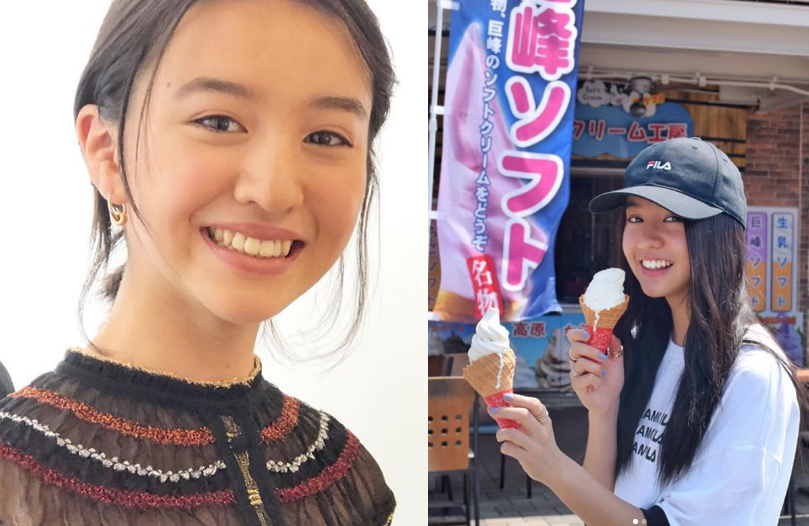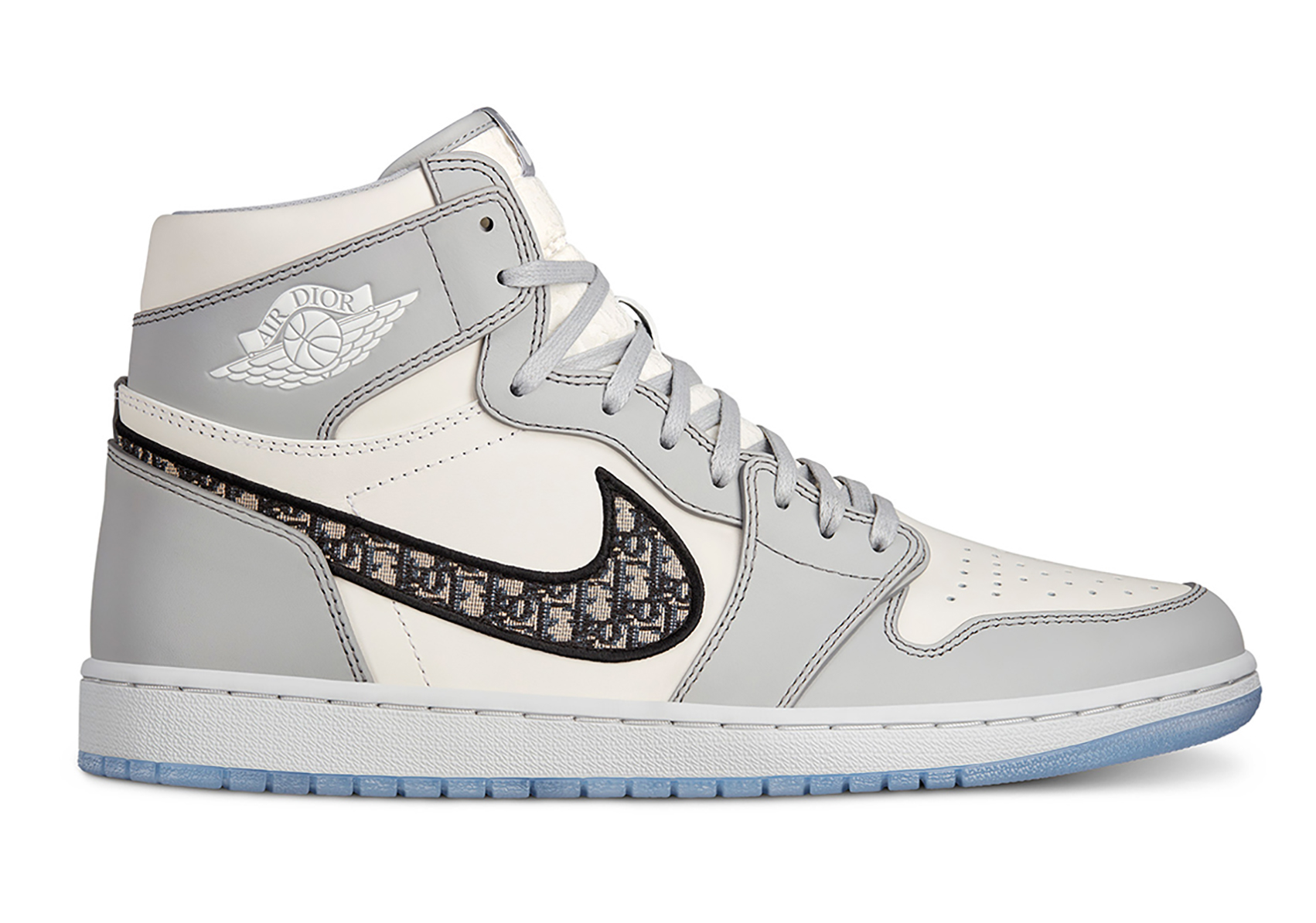 Dior x Nike AJ1 is priced at $2,000, with only 1,000 pairs available worldwide. How high do you think the resale value will go? (Image source: internet)
Dior x Nike AJ1 is priced at $2,000, with only 1,000 pairs available worldwide. How high do you think the resale value will go? (Image source: internet)
The luxury goods industry has faced significant challenges in 2020, exacerbated by the impact of the COVID-19 pandemic. Hong Kong, which has traditionally been the world's largest market for Swiss watches, has seen a decline in its influence since 2019. Furthermore, the Chinese government's implementation of a range of border control measures as part of its response to the pandemic has severely affected the production and sales of luxury goods. In response, major luxury brands have been exploring cross-industry collaborations, which have emerged as a common strategy for navigating these difficult times.
The luxury goods industry has been hit hard by the pandemic, plunging further into a bleak winter. In early February, Burberry revealed that its parent company had shut down one-third of its stores in China, which is anticipated to impact its annual revenue significantly. Other luxury brands are also grappling with comparable challenges. Moreover, with stringent lockdown measures implemented across various countries, online and mail-order sales have become futile, prompting brands to seek alternative approaches. Cross-industry collaboration offers a means to leverage the unique strengths of two brands and chart a new course forward.
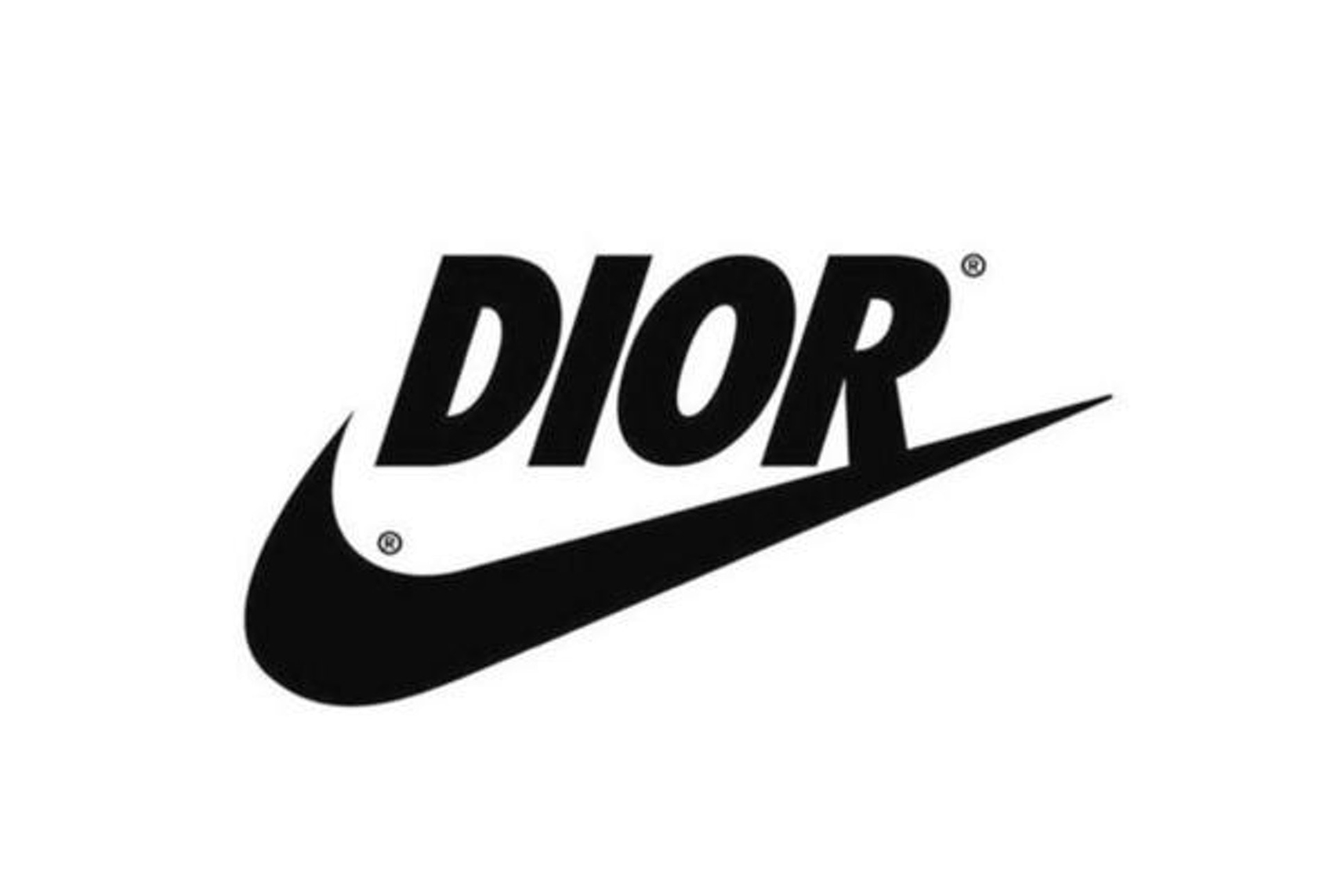 A product of the collaboration between two industry behemoths, this has become a coveted item for many sneaker enthusiasts. (Image source: internet)
A product of the collaboration between two industry behemoths, this has become a coveted item for many sneaker enthusiasts. (Image source: internet)
Dior x Nike: A high-end collaboration
Even those unfamiliar with the industry can sense the impact of the Dior x Nike collaboration. Christian Dior, the largest shareholder of LVMH, the world's largest luxury goods company, owns 42.38% of the company's shares. In 2018, LVMH recorded a staggering revenue of 46.83 billion euros. Meanwhile, Nike dominates the sports goods industry with a revenue of 21.9 billion euros in 2018 and a market value of 157.9 billion US dollars, which is ten times that of adidas. With such a powerful partnership, the two giants have successfully attracted a horde of brand enthusiasts, generating a cross-industry collaboration craze.
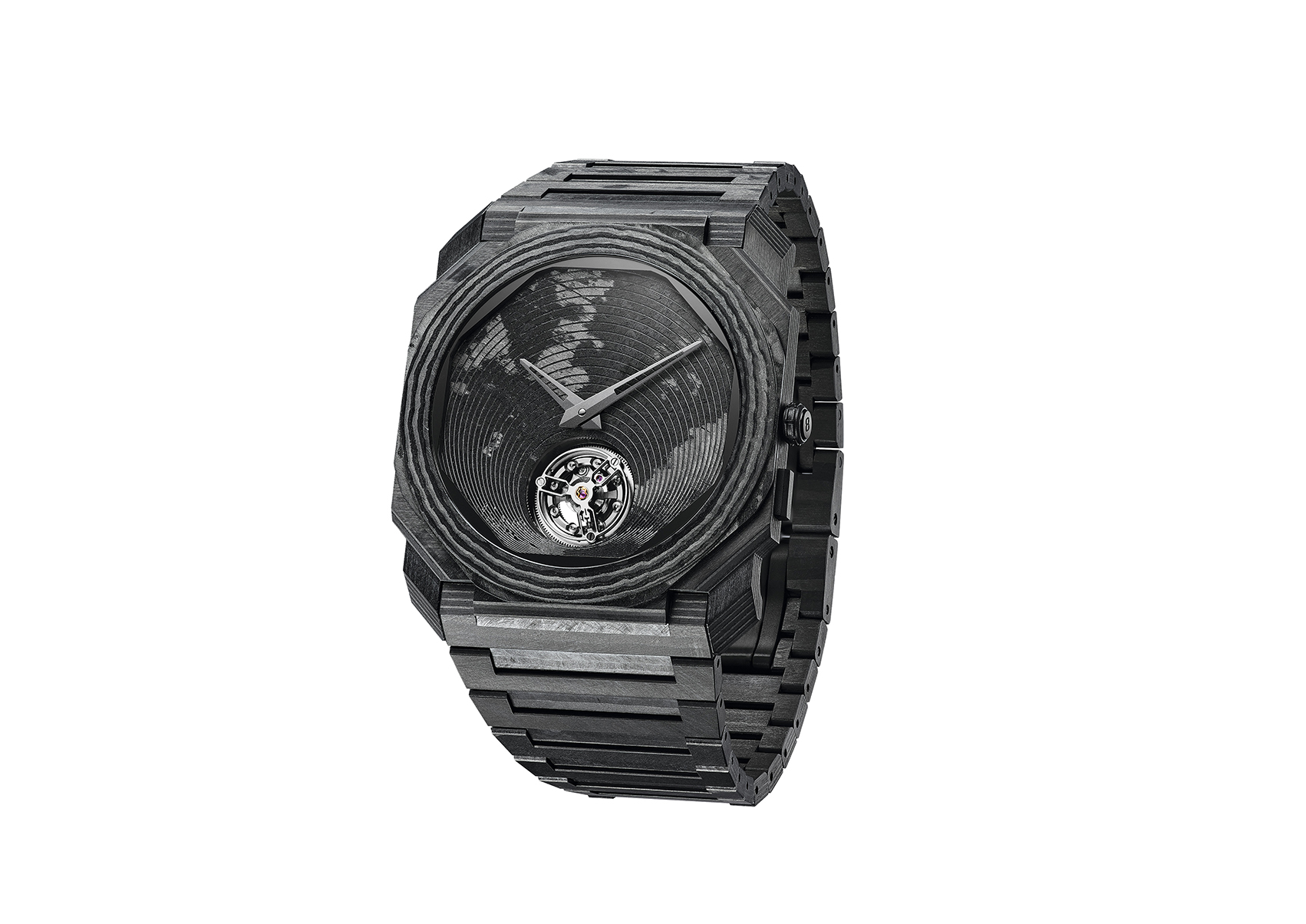 The first watch, Octo Finissimo Titanium, is limited to 200 pieces. The dial is designed by the renowned architect, and the spiral pattern extends from the bottom of the small seconds hand, symbolising endless time. (Image source: BVLGARI)
The first watch, Octo Finissimo Titanium, is limited to 200 pieces. The dial is designed by the renowned architect, and the spiral pattern extends from the bottom of the small seconds hand, symbolising endless time. (Image source: BVLGARI)
BVLGARI x Tadao Ando: A crossover of powerhouses
If Christian Dior is the big brother of the LVMH family, then BVLGARI, which joined in 2011, is the "second brother" and completed the final jewel in LVMH's portfolio, becoming the "diamond on the LVMH crown". BVLGARI, originating from Italy, attaches great importance to store decoration. In 2018, the brand carried out a large-scale renovation of the Landmark Prince's flagship store, specially inviting renowned architect Peter Marino to oversee the project. Recently, BVLGARI even invited the contemporary master architect Tadao Ando to collaborate on a limited edition Octo Finissimo watch, with the dial designed by Ando himself, making it a priceless collectible!
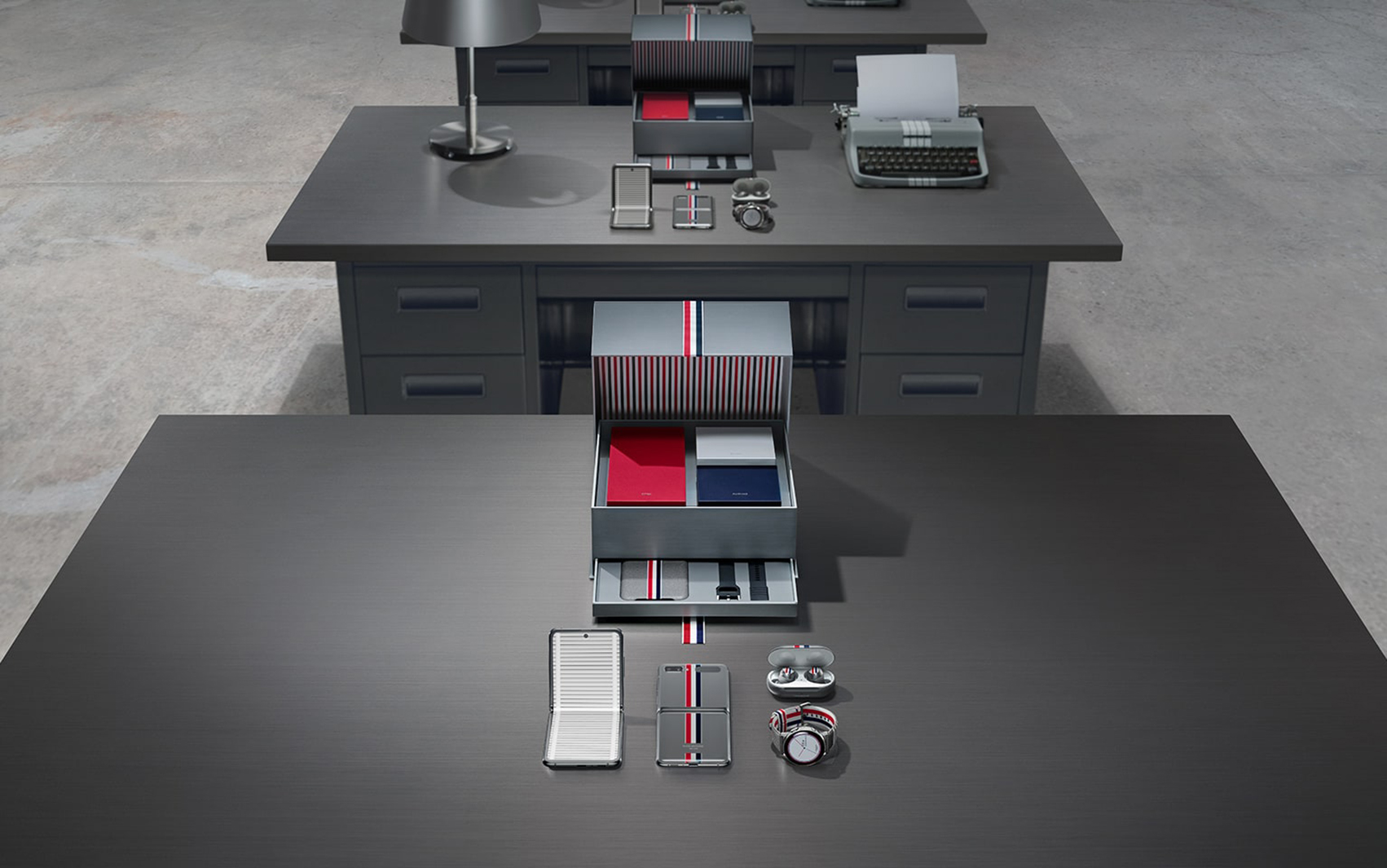 Will Thom Browne's focus on 'experiencing technology while recalling classics' help Samsung revive the popularity of foldable phones? (Image source: Samsung & Thom Browne)
Will Thom Browne's focus on 'experiencing technology while recalling classics' help Samsung revive the popularity of foldable phones? (Image source: Samsung & Thom Browne)
Thom Browne x Samsung: Unveil a groundbreaking collaboration in fashion and tech
In recent years, Thom Browne, a rising star in the fashion industry, was actually only officially founded in 2001. In the past, Thom Browne has collaborated with clothing brands such as Brooks Brothers and Moncler to create joint collections that embody both classic and innovative elements. In 2020, the brand ventured into the field of electronic technology for the first time, partnering with Samsung to launch a special edition Galaxy Z Flip. The foldable design, combined with Thom Browne's signature grey colour and red, white, and blue tricolour pattern, perfectly embodies the brand's commitment to 'providing a new technology experience while savouring the classics of yesteryear'.
Making products that are considered 'value for money'
'Surprise factor' is a key element of successful cross-industry collaborations. When an entry point is found, the collaboration brands can surpass expectations in terms of their product category and style, and can quickly generate word-of-mouth promotion, creating efficient sales.
Today's consumers are increasingly focused on the degree of value retention of their products. The designs of cross-industry collaborations are generally limited edition releases. As they say, rare items are precious, and the fewer the product quantities, the higher the potential for appreciation. This not only attracts brand supporters to collect, but also particularly attracts speculators to join the rush to purchase.
The epidemic has come like a storm, catching the luxury industry off guard. However, relying on cross-industry collaborations as a survival tactic, many brands have made a comeback against the odds and even opened up more new possibilities, which can be considered a blessing in disguise!




